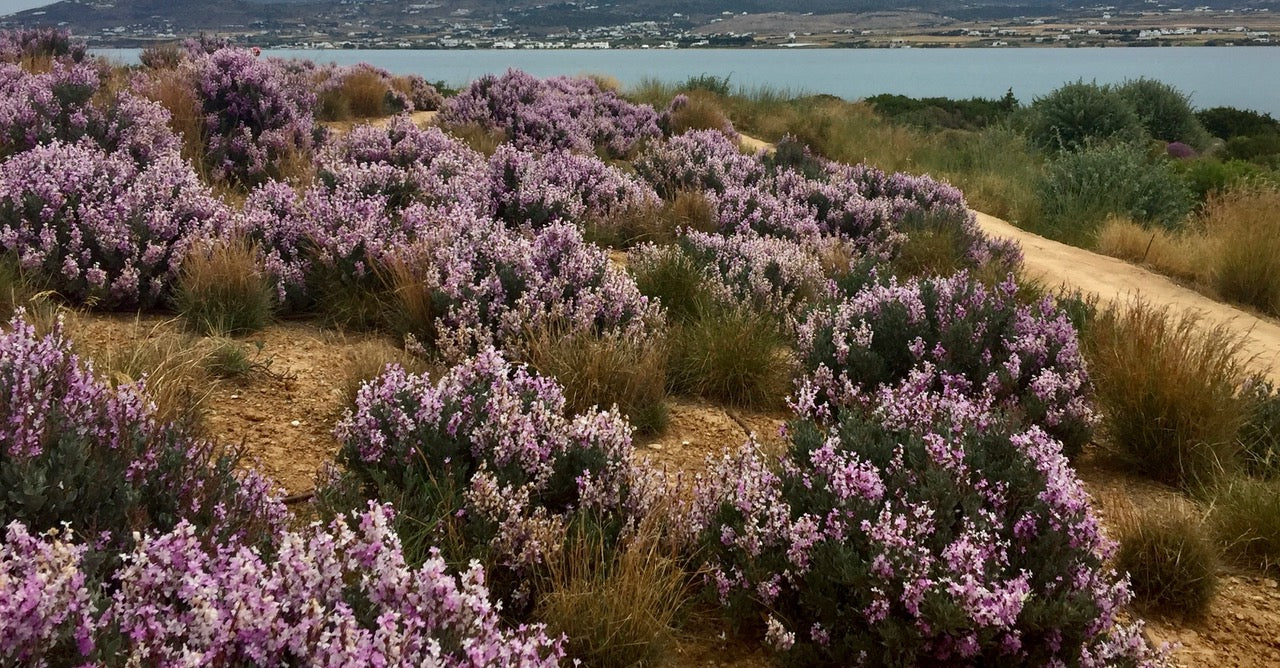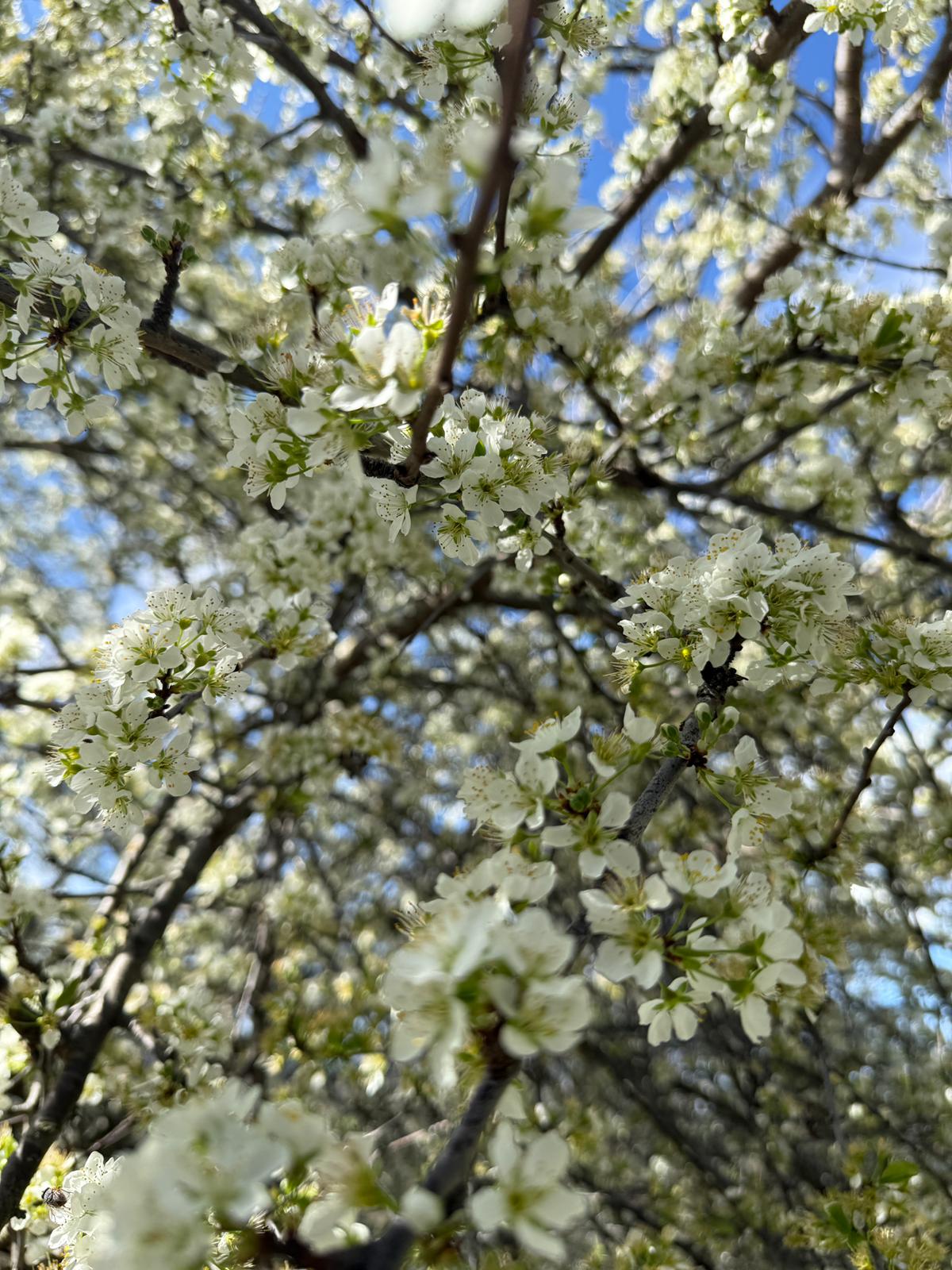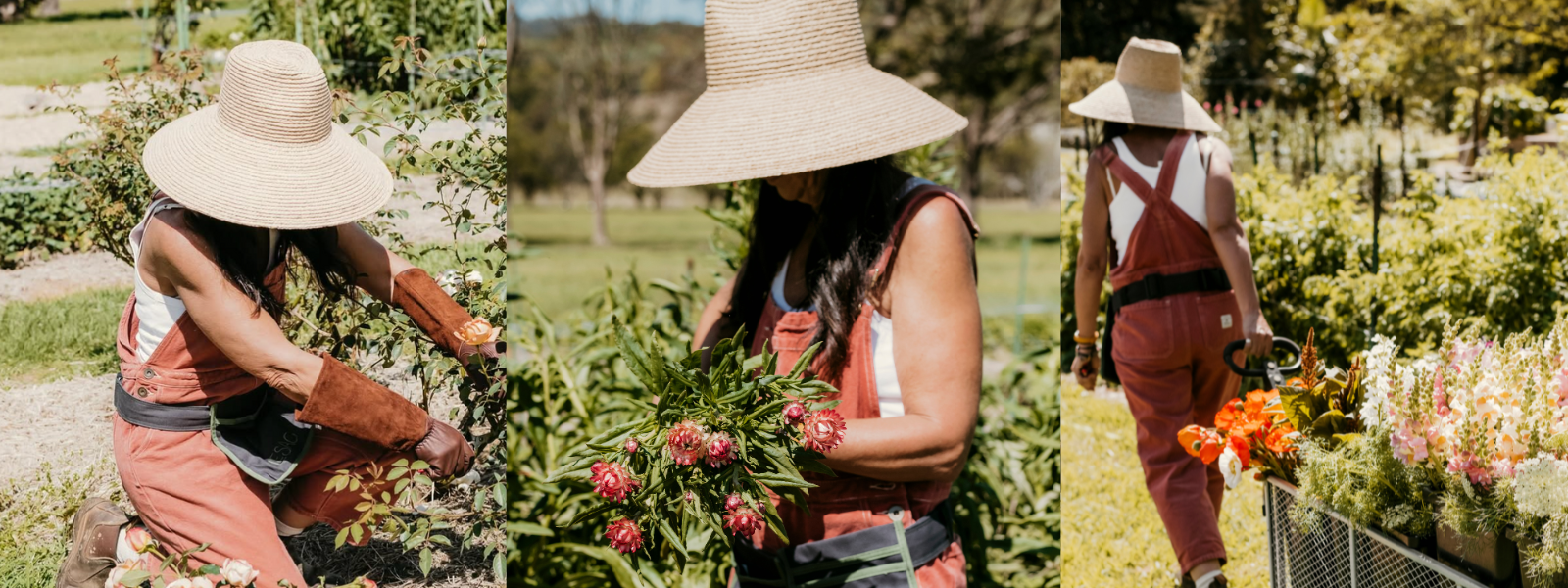
Postcards from Abroad - Trisha's Meanderings
Out of Africa
My head is still in the clouds above Africa as I write this. Like a bird in flight, it was extraordinary to look down onto such stunning landscapes, so similar in many ways to parts of Australia. Hard to get one’s head around the fact that 140 million years ago we were joined to Africa in the land they called Gondwana, hence some of our shared plants like boabs, proteas and banksias.

The golden landscape of Africa is compelling. It is fascinating how our eyes and minds can shift focus. Just as in fashion our passions can change, from blacks to orange, neutrals to brights, pastels to whites , so too in gardens we may find ourselves moving from craving lush green to celebrating golden hues.
Designers of Resilience
My three favourite garden identities who not only work with their climate and landscape but actively push the boundaries of what is possible in dry conditions are Thomas Doxiadis, Dan Pearson and Olivier Philippi. These three have a trial plot I once visited on the Greek island of Milos, where they are testing plants that must survive entirely on what falls from the sky, which is minimal in the extreme, and only in a few short winter months. Nothing at all for nine scorchingly hot summer months.

They are designers and dreamers who create landscapes of wonder, yet remain pragmatic. For them, good landscape is about more than prettifying a property. It is about continuity with history, establishing a unique sense of place, and creating an enduring legacy.

Tuning Into Place
For Dan Pearson, to create a garden is to “tune into a sense of place and to do what’s appropriate in that place, whether it’s in an urban or rural setting. It’s about finding a way not to simply embellish a site but to inhabit it through the landscape.” He spent time in Greece where he fell in love with the spareness of dry landscapes, working with the climate and conditions, being supremely clever with water, and developing an aesthetic that celebrates limits rather than fighting against them.

Similarly, Thomas Doxiadis describes his work as “doing a very good reading of what is already there, both in physical terms and in terms of the invisible processes that result in the visible forms.” His approach is to use plants that grow naturally in the landscape, planting them thickly near buildings and gradually spacing them further out, so the garden dissolves seamlessly into the borrowed landscape.

This is such conscious design, drawn from the subconscious. It celebrates resilience and climate, moving from verdant gardens to resilient ones. The secret lies in design — in emulating nature, creating focal points to draw the eye, and paths that lead the visitor through.
The Squint Test
I often recall my dear designer friend Peter Shaw’s “squint test,” where you half close your eyes to see only outlines, shapes and forms. I relate to this completely. Only yesterday, in a French garden, I found myself doing just that and thinking how useful it would be if all gardeners were slightly myopic — to better grasp the overall impression and not become lost in distracting detail. It is almost a French ploy, this understatement, though of course with Versailles they made one dazzling exception.

Golden Vistas
So when next talking gardens with friends, speak up for the aesthetic of dry landscapes. Remember all the beautiful golden places of the world: Africa, Greece, the Mediterranean, our Australian outback, and my beloved Monaro. Most years, except in rare wet seasons, Bobundara, my home at the foothills of the Snowy Mountains of NSW, too has survived nearly 200 years of European history with an unirrigated garden.



